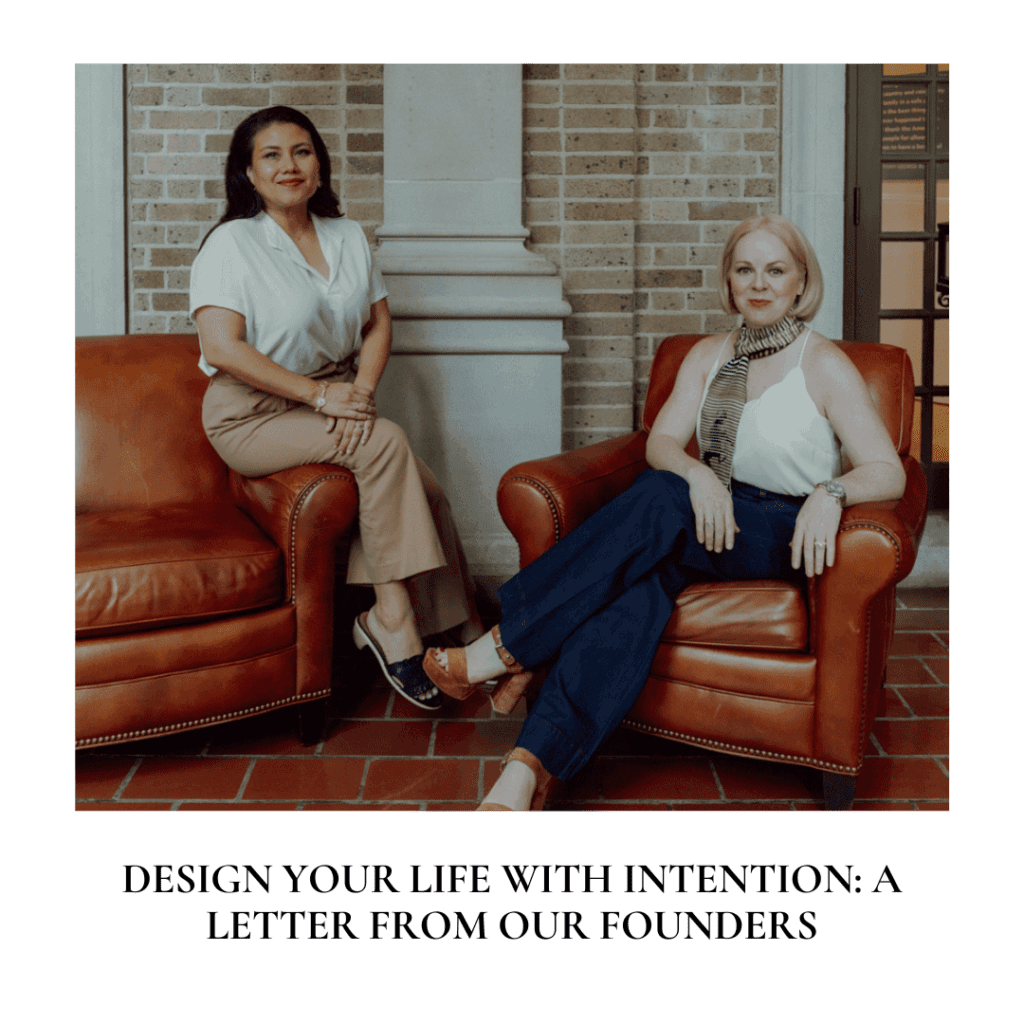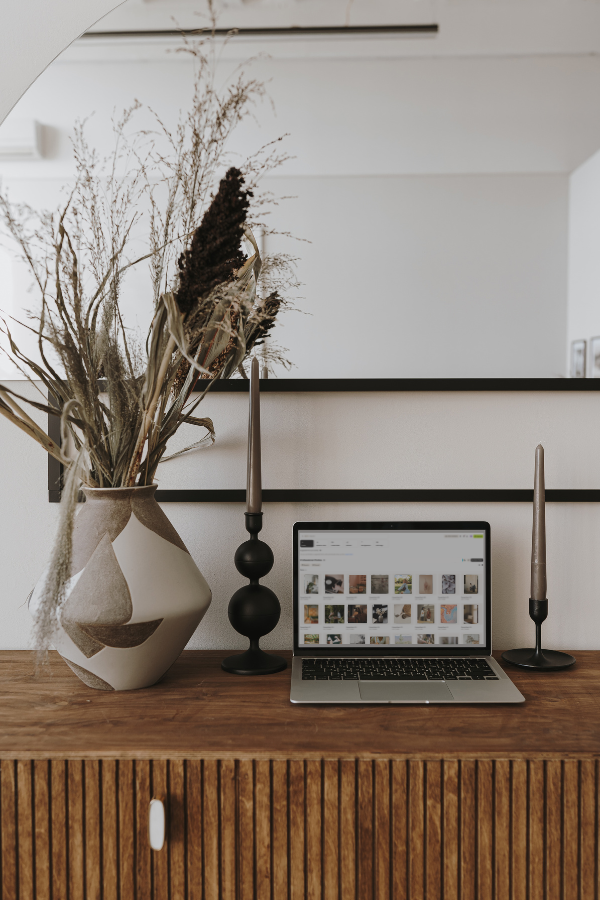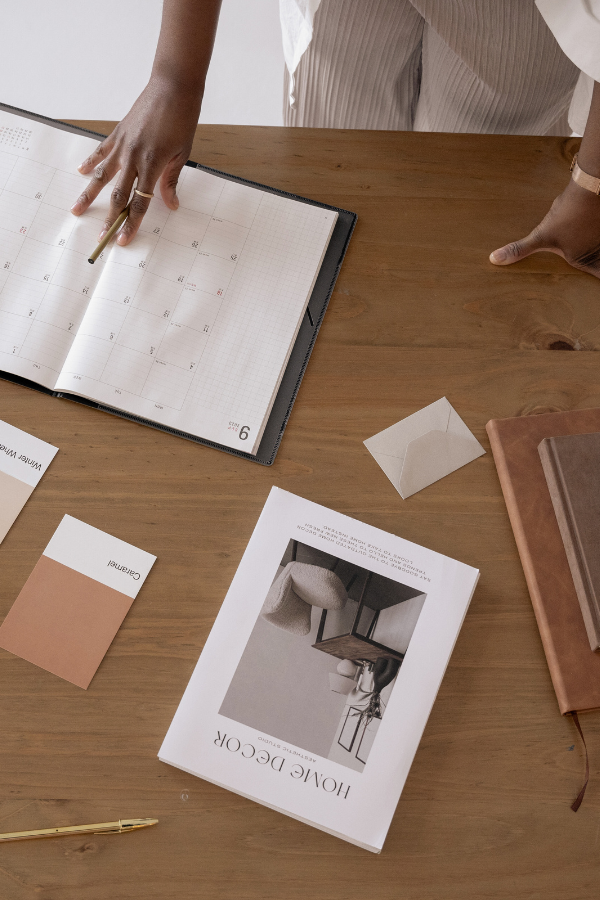
Upselling Design Services: How to Add Value Without Alienating Clients
Summary
Upselling doesn’t have to feel awkward or opportunistic. When approached with care, it’s a form of service—offering thoughtful enhancements that protect the design, support the client, and lead to better project outcomes. In this article, Laura Umansky shares how to upsell with integrity by staying aligned with project needs, not just profit margins.
Reflection Questions
Where in your process do clients tend to opt out of support—only to realize later they needed it?
What additional service consistently leads to smoother builds, fewer errors, or a more aligned final result?
When was the last time you offered an enhancement that felt generous—not sales-driven?
Journal Prompt
Think back to a project where you weren’t involved during construction—or had limited visibility once drawings were handed off. What part of your vision didn’t make it to the finish line? What would have changed if you’d been invited to stay involved longer?
There’s usually a moment in each project when you realize that you could add something extra—not to pad the budget, but because the client (and the project) would genuinely benefit from it. Maybe it’s the chance to support the builder during a critical construction phase. Maybe it’s stepping in to coordinate with trades or answer RFIs before delays happen. Maybe it’s proposing ongoing site visits so you can resolve issues in real-time, preserve the design intent, and keep the momentum going.
You see that enhanced value clearly, but you pause because upselling design services can feel tricky—even a bit slimy. Will your client think you’re trying to inflate the invoice? Will they feel like you’re moving the goalpost? We all know how awkward upselling can be, but it doesn’t have to feel that way as long as you do it with integrity and close attention to your client’s needs.
In this article, Laura U Design Collective Founder & CEO (and DesignDash Co-Founder), Laura Umansky shares her insights on upselling. Through Laura’s lens, upselling is less about “adding on” and more about staying aligned with the project’s needs, the client’s expectations, and the integrity of the design itself.
How to Upsell Without Alienating Design Clients
Don’t Think of It as Upselling—Think of It as Advocacy
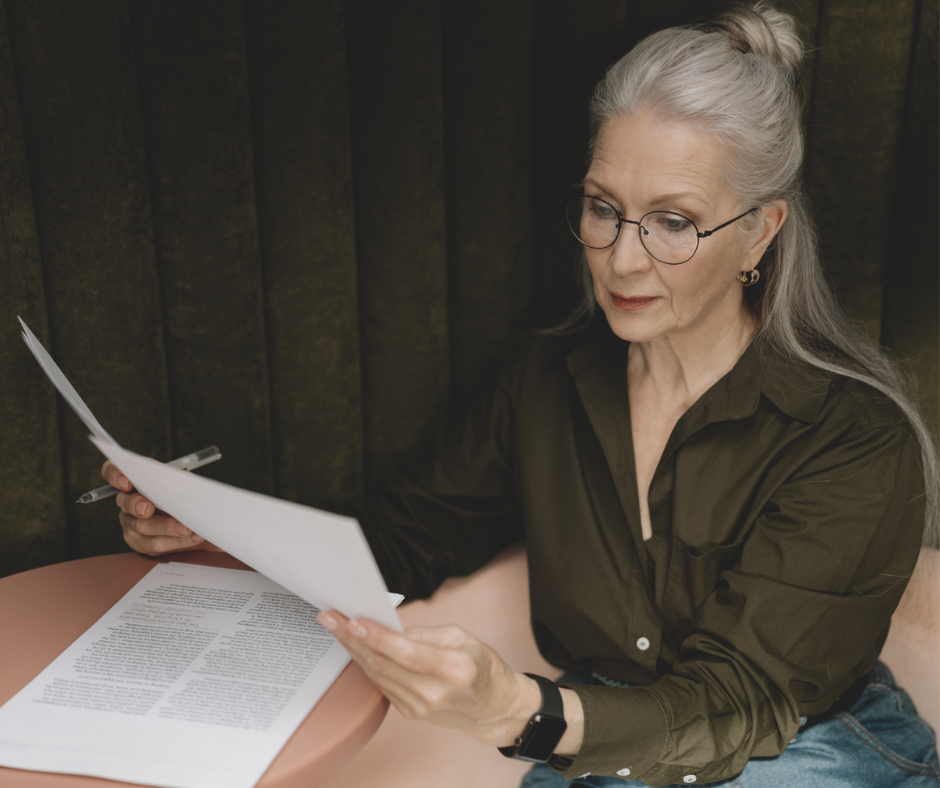
At Laura U Design Collective, Laura Umansky and her team take a nuanced approach to offering additional services. Laura puts it plainly:
“I don’t know that we actively upsell—adding more services for the sake of selling isn’t the intent. It is more about what the client needs, what the project needs. For example, we do not automatically assume a client would like us involved in project bidding with builders.
However, we are more than happy to facilitate this phase should the need arise. Same for the Construction Administration phase. We don’t include this in our projects as a rule but we prefer to participate throughout the construction phase so we are able to support the builder and advocate for the client.”
It’s not about inflating the proposal but being responsive to the project’s evolving needs. As she explains:
“At Laura U Design Collective, we approach each project with the client’s holistic vision in mind, which naturally leads to opportunities where we can enhance their guided design experience through additional services. We actively listen to our clients’ desires and challenges, allowing us to identify where we can offer more value, aligning with their long-term goals and ensuring the space not only meets but exceeds their expectations.”
In other words, this isn’t about “upselling” in the traditional sense. It’s about ensuring the design intent carries through to the final product installation and helping clients understand why your continued involvement can make a massive difference.
Make the Benefits Tangible (and Visual)
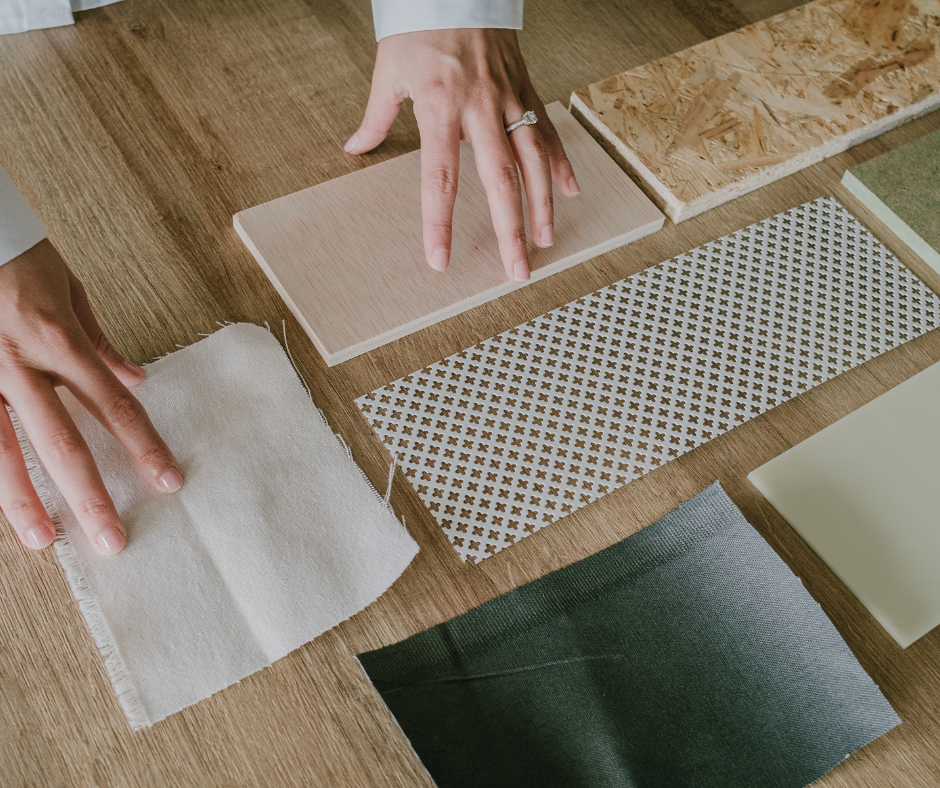
Clients don’t always understand what an added service actually looks like. They may not realize what’s at stake when they opt out of builder meetings or decide to source furnishings themselves.
To bridge that gap, Laura recommends grounding the conversation in visuals and future-focused value:
“We emphasize the added value and long-term benefits of our involvement beyond the design phases. These opportunities are investments in their home’s functionality and aesthetic appeal. We use visuals and case studies to demonstrate the potential transformation and discuss how these enhancements can elevate their everyday living experience or increase the property’s value, ensuring it’s seen as a beneficial choice rather than just an additional cost. When we are on site during construction, the design intent is sure to be realized.”
When you can show that a particular service ensures the custom millwork matches the renderings or that having a designer on-site avoids costly change orders, the added cost feels less exploitative and more essential. When that conversation happens early—when the client is still in a vision-driven mindset—it feels far more natural than bringing it up mid-build when tensions are high and surprises feel unwelcome.
Fuel your creative fire & be a part of a supportive community that values how you love to live.
subscribe to our newsletter
*please check your Spam folder for the latest DesignDash Magazine issue immediately after subscription

Upsell Moments That Actually Serve the Client
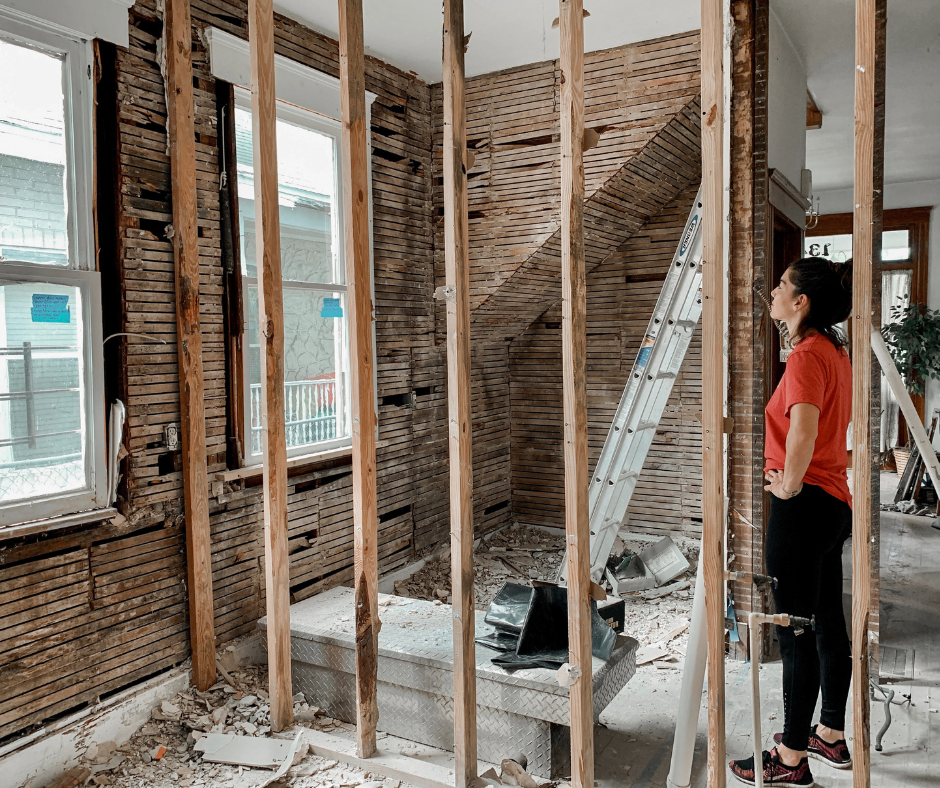
Every firm has its own set of “should-have-included-it” services—those additions that consistently improve outcomes when clients say yes.
For Laura U Design Collective, construction administration is a perfect example. Laura shares:
“On one of our recent new construction projects, we initially came on board just for the design phase. But as the project developed, our client saw how beneficial it could be to have us involved every step of the way and asked us to stay on through construction administration. With our team on site each week, we were able to move the project along much more quickly.
This close involvement meant we could seize design opportunities as they came up during construction, ensuring that every detail was just right. Plus, our constant presence gave our client the peace of mind and extra time to focus on other priorities, knowing we were there advocating for their vision at every turn. It was a fantastic collaboration that truly brought their dream space to life!”
This kind of involvement doesn’t just improve outcomes. It improves relationships. It transforms a one-time client into a long-term champion.
Language Matters—So Choose It Intentionally

If you’re worried about coming off as salesy, know that it’s all in how you frame your offer. Instead of leading with “we also offer…” or “would you like to add…,” try phrases like the following.
- “Here’s something we’ve found makes a big difference at this stage.”
- “If you’re open to it, we’d love to stay involved through construction to help avoid delays and ensure the design intent is realized.”
Frame each upsell as an investment in ease, clarity, beauty, and long-term value. They’re not upgrading but refining.
Add One Thoughtful Upsell Per Proposal
If you’re not yet comfortable building upselling into your workflow, start small. In your next client proposal, include one additional service you truly believe will enhance the result. Anchor it in the vision. Show how it integrates into the whole. Never tack on costs or services simply to inflate the budget; the goal is to give them what they want and need—not to pump up the price.
Then give the client room to say yes or no. They may say no today, but when the stress of construction hits or a change order derails the design, they’ll remember what you offered. And they’ll be grateful for the chance to revisit it.
Final Thoughts: When You Offer More, Clients Get More
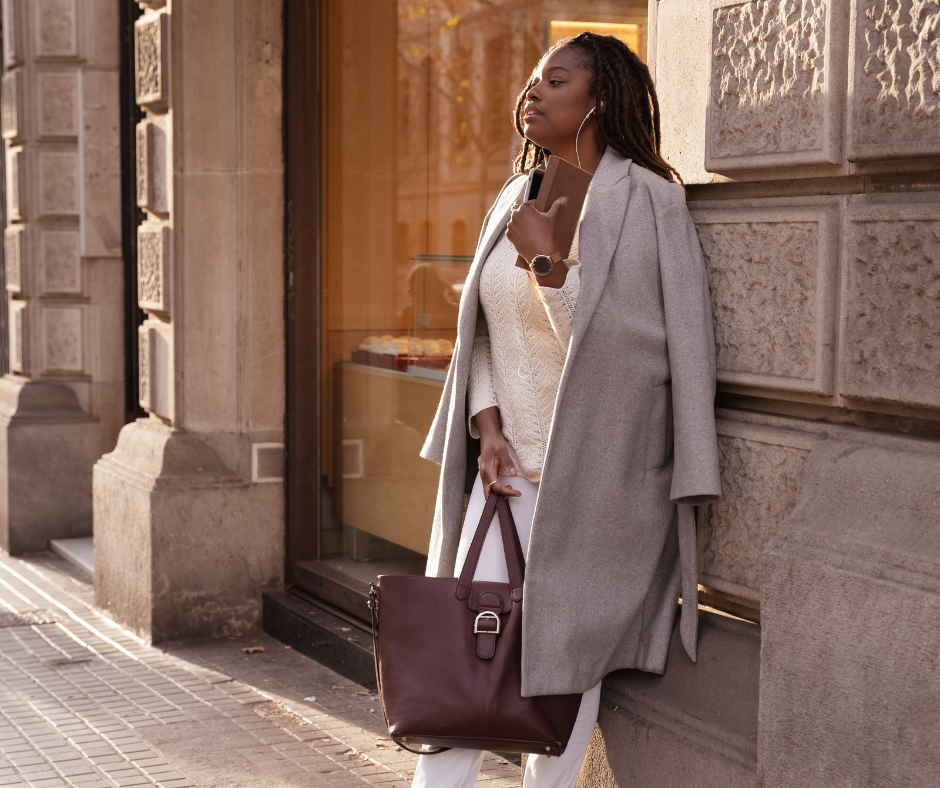
If you’re leading your clients toward beautiful, functional, life-enhancing spaces, then offering more isn’t selfish. You’re providing better, more bespoke service.
Upselling doesn’t have to be a dirty word at which you cringe. When executed correctly, it allows you to show up more fully, design more freely, and deliver spaces that are not just finished but deeply felt.
Want more insights like this? Join the DesignDash community, where we talk real strategy, creative growth, and what it takes to thrive in today’s design world—one smart service (and one aligned client) at a time.





